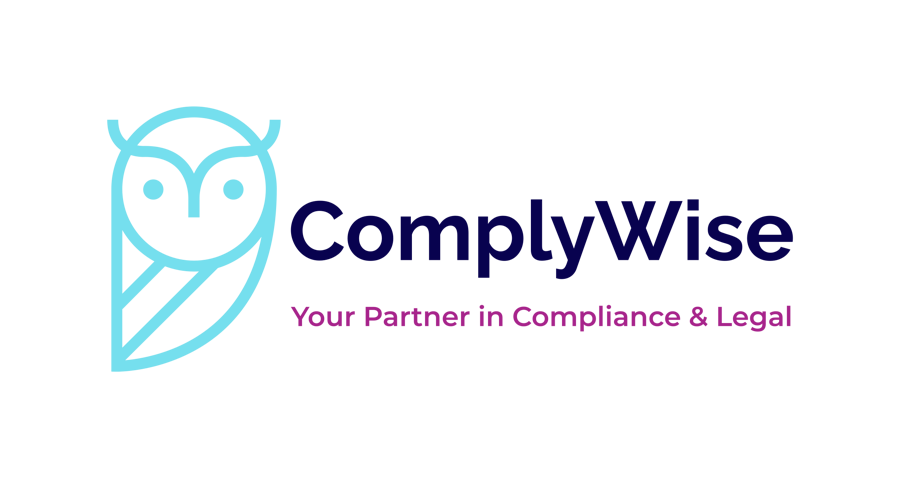In order to apply for an authorisation following documents and information will be submitted:
- a copy of the articles of association and, in the case of an operating company, the resolution of the general meeting on amendment of the articles of association and the amended text of the articles of association;
- a list of the shareholders of the applicant which sets out the name and the personal identification code or registry code of each shareholder, or the date of birth in the absence of a personal identification code or registry code, and information on the number of shares and votes to be acquired or owned by each shareholder;
- information relating to shareholders and other persons with a qualifying holding in the applicant;
- information on the applicant’s managers, including, for each person, the name and surname, personal identification code or, in the absence thereof, date and place of birth, educational background, a complete list of places of employment and positions held during the last five years and, for the members of the board of management, a description of their areas of responsibility and other documents certifying the managers’ trustworthiness and conformity;
- information on companies in which the holding of the applicant or its manager exceeds 20 per cent, which also sets out the amount of share capital, a list of the areas of activity and the size of the holding of the applicant and each manager;
- information on the auditor and person(s) conducting the internal audit of the applicant, including the name, residence or registered office, personal identification code or, in the absence of the personal identification code, the date of birth or registry code;
- the organisational structure and internal control systems of the company;
- the opening balance sheet of the applicant and an overview of the revenue and expenditure of the applicant or, in the case of an operating company, the balance sheet and income statement as at the end of the month prior to submission of the application and, if they exist, the last three annual reports;
- in the case of an operating company, documents certifying the amount of own funds together with the sworn auditor’s reports;
- if a credit institution, management company, investment fund, investment firm, insurance undertaking or another person subject to financial supervision of a third country has a qualifying holding in the applicant, confirmation from the supervision authority of the appropriate state to the effect that the specified person of a third country holds a valid authorisation and, according to the knowledge of the supervision authority, its activities are not contrary to legislation in force;
- the applicant’s three-year business plan which sets out at least a description of the applicant’s planned activities, organisational structure, places of business, information systems and other technical facilities, and a description of its economic indicators;
- the accounting policies and procedures and the internal policies;
- money laundering and terrorist financing preventing policy and sanctions policy;
- a list of the outsourced functions, services or activities;
- measures to identify and to prevent or manage conflicts of interest;
- a description of systems for monitoring the activities of the firm, including back–up systems, where available, and systems and risk controls where the firm wishes to engage in algorithmic trading and/or provide direct electronic access;
- information on the compliance, internal control, and, risk management systems (a monitoring system, internal audits and the advice and assistance functions);
- business continuity plans, including systems and human resources (key personnel);
- record management, record-keeping and record retention policies;
- a description of the firm's manual of procedures;
- information on the status of the application undertaken by the investment firm to become a member of the investor compensation scheme and a document by which the applicant assumes the obligation to pay the single contribution to the Investor Protection Sectoral Fund;
- proof of payment of the administrative fee.
